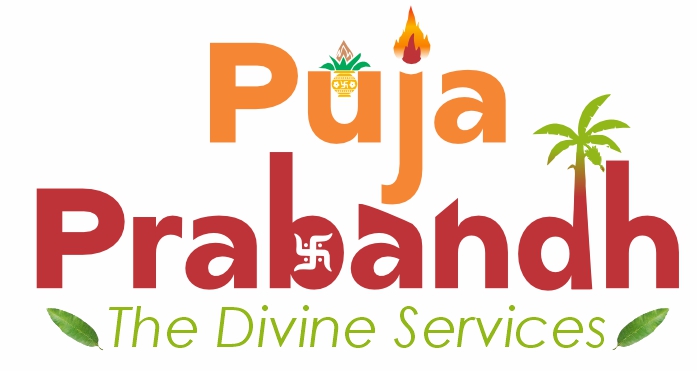📜 Significance:
Bhaubeej (also called Bhai Dooj in North India or Yama Dwitiya in scriptures) is a sacred festival celebrating the bond between brothers and sisters. In Maharashtra, it holds deep emotional and cultural value. Sisters pray for their brothers’ long life, protection, and prosperity, while brothers promise to stand by and protect their sisters. The festival is believed to have originated from the legend of Lord Yama (God of Death) visiting his sister Yamuna, who welcomed him with rituals, sweets, and prayers for his well-being.
In Marathi tradition, the day is also filled with laughter, games, and family bonding.
🗓️ When It’s Performed:
- Celebrated on Dwitiya Tithi (2nd day after Amavasya of Diwali), during the month of Kartik (Oct–Nov)
- Pooja is performed during the afternoon, preferably during the Aparahna Kaal
🛐 Who Can Perform:
- Sisters perform the pooja for their biological or symbolic (ritual) brothers
- Can be done at home or during a family gathering
- Brothers visit the sisters’ homes or vice versa
📦 Puja Samagri (Items Required):
- Chowki or mat for brother to sit
- Rangoli at the entrance and pooja area
- Aarti thali containing:
- Kumkum, haldi, akshata (rice mixed with turmeric)
- Diya (lamp), incense sticks
- Flowers, garlands
- Sweet dishes (especially basundi, puran poli, shreekhand)
- Coconut, betel leaves, supari
- Gifts or Dakshina
- A meal specially prepared by the sister (bhaubeej bhojan)
🕯️ Main Rituals:
- Sister invites her brother and seats him on a mat or wooden platform (paat)
- She applies tilak (kumkum and akshata) on his forehead
- Performs aarti while chanting blessings for his long life and prosperity
- Offers him sweets, dry fruits, and sometimes a symbolic coconut
- Brothers give gifts or money (dakshina) to their sisters as a token of love
- The siblings then enjoy a traditional meal together
⏳ Duration:
15 to 30 minutes for the pooja, followed by family gathering and meal
🎁 Benefits of Bhaubeej Pooja:
- Strengthens the emotional bond between siblings
- Brings protection, longevity, and good fortune to brothers
- Encourages love, unity, and harmony within families
- Symbolizes gratitude, respect, and shared blessings
- Upholds cherished cultural traditions and familial values

